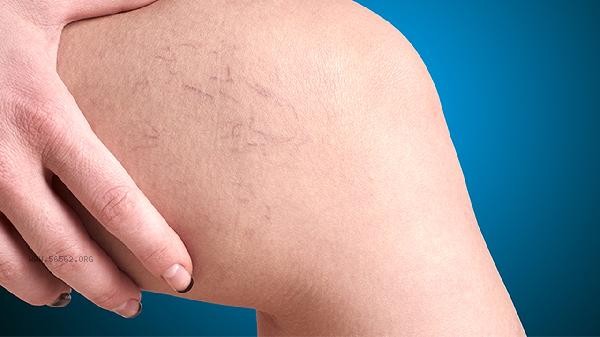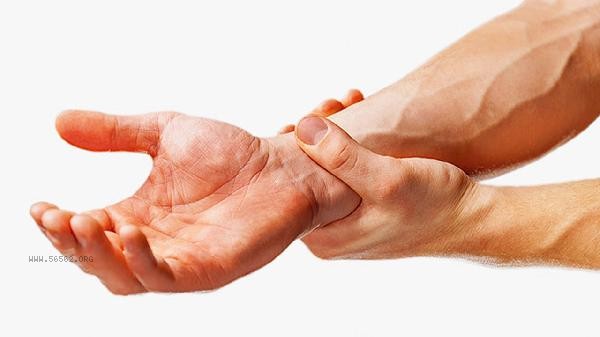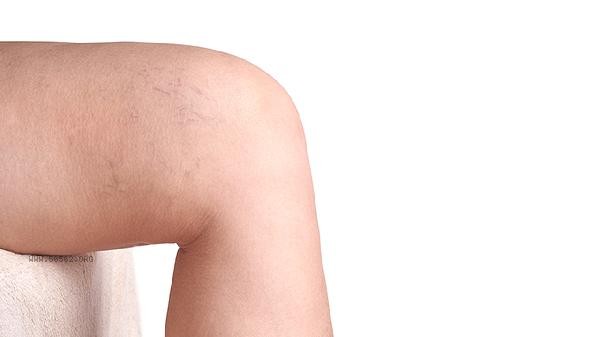The inner diameter of the portal vein is 1.2 centimeters, which belongs to mild widening and may be caused by compensatory liver cirrhosis, chronic hepatitis, early portal hypertension, physiological variations, or abnormal blood reflux. A comprehensive evaluation should be conducted based on liver function, imaging examinations, and clinical symptoms.

1. Compensatory stage of cirrhosis:
In the early stage of cirrhosis, the portal vein system experiences increased blood flow resistance, leading to passive dilation of blood vessels. Patients may have no obvious symptoms or only experience mild fatigue and decreased appetite. Ultrasound examination shows changes in liver morphology and mild enlargement of the spleen. It is recommended to regularly monitor liver function and coagulation indicators.
2. Chronic hepatitis activity:
Long term hepatitis inflammation can stimulate the portal vein vessel wall, causing an increase in inner diameter. Often accompanied by changes in laboratory indicators such as elevated transaminase levels and abnormal bilirubin levels. Hepatitis activity should be assessed through viral load testing, and antiviral therapy should be administered if necessary.
3. Early stage of portal hypertension:

When the portal vein pressure exceeds 10mmHg, the inner diameter of the blood vessel can undergo compensatory dilation. Early symptoms may include splenic hyperfunction, thrombocytopenia, and mild esophageal and gastric varices on gastroscopy. It is necessary to control the intake of sodium salts and monitor the signs of ascites.
4. Physiological variation:
Due to congenital differences in vascular structure or body shape factors, the portal vein diameter may slightly exceed the standard value of 1.1 centimeters in some healthy individuals. If there are no other abnormal indicators, there is usually no need for special treatment. It is recommended to have a follow-up ultrasound comparison change every 6-12 months.
5. Abnormal blood reflux:
Diseases such as right heart dysfunction and constrictive pericarditis may affect portal vein reflux, leading to an increase in inner diameter. This type of condition is often accompanied by symptoms of the circulatory system such as jugular vein engorgement and lower limb edema, and requires complete cardiac ultrasound examination to determine the cause.

found that portal vein widening should avoid vigorous exercise and abdominal impact, and the diet should be mainly low-fat and high protein, with a daily sodium intake limit of no more than 5 grams. It is recommended to have abdominal ultrasound monitoring every 3 months. If warning symptoms such as vomiting blood, black stool, and sudden increase in abdominal circumference occur, seek medical attention immediately. At the same time, basic diseases such as hepatitis B, hepatitis C and autoimmune liver disease need to be screened, and patients with alcoholic liver disease must strictly abstain from alcohol. For patients with mild widening and no clear pathological factors, aerobic exercise can improve liver microcirculation. It is recommended to do brisk walking or swimming for 30 minutes three times a week.








Comments (0)
Leave a Comment
No comments yet
Be the first to share your thoughts!